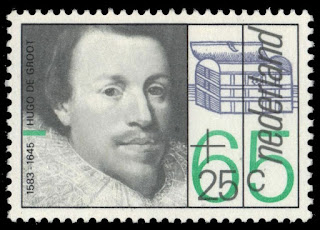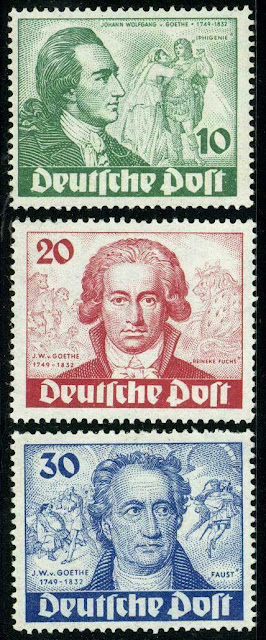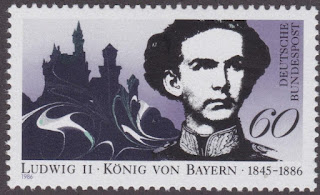Here are some events that happened on August 16th. It could be an event or a person that died or was born on that day
1921 Died: Peter I of Serbia (b. 1844)
Peter I (Serbian: Petar/Петар; 11 July 1844 – 16 August 1921) reigned as the last King of Serbia (1903–1918) and as the first King of the Serbs, Croats and Slovenes (1918–1921). Since he was the king of Serbia during a period of great Serbian military success, he was remembered by the Serbian people as King Peter the Liberator, and also known as Old King.
Peter was Karađorđe's grandson and third son of Persida Nenadović and Prince Alexander Karađorđević, who was forced to abdicate. Peter lived with his family in exile. He fought with the French Foreign Legion in the Franco-Prussian War. He joined as volunteer under the alias Peter Mrkonjić in the Herzegovina Uprising (1875–77) against the Ottoman Empire.
He married Princess Zorka of Montenegro, daughter of King Nicholas, in 1883. She gave birth to his five children, including Prince Alexander. After the death of his father in 1885, Peter became head of the Karađorđević dynasty. After a military coup d'état and the murder of King Alexander I Obrenović in 1903, Peter became King of Serbia.
As king, he advocated a constitutional setup for the country and was famous for his libertarian politics. Rule of king Peter was marked with great exercise of political liberties, freedom of press, national, economical and cultural rise, and it is sometimes dubbed "golden" or "Periclean age".
King Peter was the supreme commander of the Serbian army in the Balkan wars. Because of his age, on 24 June 1914, he proclaimed his son, Alexander, heir-apparent to the throne, as regent. In the First World War he and his army retreated across the Principality of Albania.
Stamps from Serbia and Kingdom of Serbs, Croats and Slovenes depicting Peter I
1948 Died: Babe Ruth, American baseball player and coach (b. 1895)
George Herman "Babe" Ruth Jr. (February 6, 1895 – August 16, 1948) was an American professional baseball player whose career in Major League Baseball (MLB) spanned 22 seasons, from 1914 through 1935. Nicknamed "The Bambino" and "The Sultan of Swat", he began his MLB career as a star left-handed pitcher for the Boston Red Sox, but achieved his greatest fame as a slugging outfielder for the New York Yankees. Ruth established many MLB batting (and some pitching) records, including career home runs (714), runs batted in (RBIs) (2,213), bases on balls (2,062), slugging percentage (.690), and on-base plus slugging (OPS) (1.164); the last two still stand as of 2019. Ruth is regarded as one of the greatest sports heroes in American culture and is considered by many to be the greatest baseball player of all time. In 1936, Ruth was elected into the Baseball Hall of Fame as one of its "first five" inaugural members.
At age seven, Ruth was sent to St. Mary's Industrial School for Boys, a reformatory where he was mentored by Brother Matthias Boutlier of the Xaverian Brothers, the school's disciplinarian and a capable baseball player. In 1914, Ruth was signed to play minor-league baseball for the Baltimore Orioles but was soon sold to the Red Sox. By 1916, he had built a reputation as an outstanding pitcher who sometimes hit long home runs, a feat unusual for any player in the pre-1920 dead-ball era. Although Ruth twice won 23 games in a season as a pitcher and was a member of three World Series championship teams with the Red Sox, he wanted to play every day and was allowed to convert to an outfielder. With regular playing time, he broke the MLB single-season home run record in 1919.

After that season, Red Sox owner Harry Frazee sold Ruth to the Yankees amid controversy. The trade fueled Boston's subsequent 86-year championship drought and popularized the "Curse of the Bambino" superstition. In his 15 years with the Yankees, Ruth helped the team win seven American League (AL) pennants and four World Series championships. His big swing led to escalating home run totals that not only drew fans to the ballpark and boosted the sport's popularity but also helped usher in baseball's live-ball era, which evolved from a low-scoring game of strategy to a sport where the home run was a major factor. As part of the Yankees' vaunted "Murderers' Row" lineup of 1927, Ruth hit 60 home runs, which extended his MLB single-season record by a single home run. Ruth's last season with the Yankees was 1934; he retired from the game the following year, after a short stint with the Boston Braves. During his career, Ruth led the AL in home runs during a season 12 times.

During Ruth's career, he was the target of intense press and public attention for his baseball exploits and off-field penchants for drinking and womanizing. After his retirement as a player, he was denied the opportunity to manage a major league club, most likely due to poor behavior during parts of his playing career. In his final years, Ruth made many public appearances, especially in support of American efforts in World War II. In 1946, he became ill with nasopharyngeal cancer and died from the disease two years later. Ruth remains a part of American culture, and in 2018 President Donald Trump posthumously awarded him the Presidential Medal of Freedom.
1977 Died: Elvis Presley, American singer, guitarist, and actor (b. 1935)
Elvis Aaron Presley (January 8, 1935 – August 16, 1977), also known simply as Elvis, was an American singer and actor. He is regarded as one of the most significant cultural icons of the 20th century and is often referred to as the "King of Rock and Roll" or simply "the King". His energized interpretations of songs and sexually provocative performance style, combined with a singularly potent mix of influences across color lines during a transformative era in race relations, led him to great success—and initial controversy.
Presley was born in Tupelo, Mississippi, and relocated to Memphis, Tennessee, with his family when he was 13 years old. His music career began there in 1954, recording at Sun Records with producer Sam Phillips, who wanted to bring the sound of African-American music to a wider audience. Presley, on rhythm acoustic guitar, and accompanied by lead guitarist Scotty Moore and bassist Bill Black, was a pioneer of rockabilly, an uptempo, backbeat-driven fusion of country music and rhythm and blues. In 1955, drummer D. J. Fontana joined to complete the lineup of Presley's classic quartet and RCA Victor acquired his contract in a deal arranged by Colonel Tom Parker, who would manage him for more than two decades. Presley's first RCA single, "Heartbreak Hotel", was released in January 1956 and became a number-one hit in the United States. With a series of successful network television appearances and chart-topping records, he became the leading figure of the newly popular sound of rock and roll.
In November 1956, Presley made his film debut in Love Me Tender. Drafted into military service in 1958, Presley relaunched his recording career two years later with some of his most commercially successful work. He held few concerts, however, and guided by Parker, proceeded to devote much of the 1960s to making Hollywood films and soundtrack albums, most of them critically derided. In 1968, following a seven-year break from live performances, he returned to the stage in the acclaimed television comeback special Elvis, which led to an extended Las Vegas concert residency and a string of highly profitable tours. In 1973, Presley gave the first concert by a solo artist to be broadcast around the world, Aloha from Hawaii. Years of prescription drug abuse severely compromised his health, and he died suddenly in 1977 at his Graceland estate at the age of 42.
With his rise from poverty to significant fame, Presley's success seemed to epitomize the American Dream. The best-selling solo music artist of all time, he was commercially successful in many genres, including pop, country, R&B, adult contemporary, and gospel. He won three Grammy Awards, received the Grammy Lifetime Achievement Award at age 36, and has been inducted into multiple music halls of fame. Presley holds several records; the most RIAA certified gold and platinum albums, the most albums charted on the Billboard 200, and the most number-one albums and number-one singles on the UK Albums Chart and UK Singles Chart, respectively. In 2018, Presley was posthumously awarded the Presidential Medal of Freedom.
US stamps depicting Elvis Presley




















































